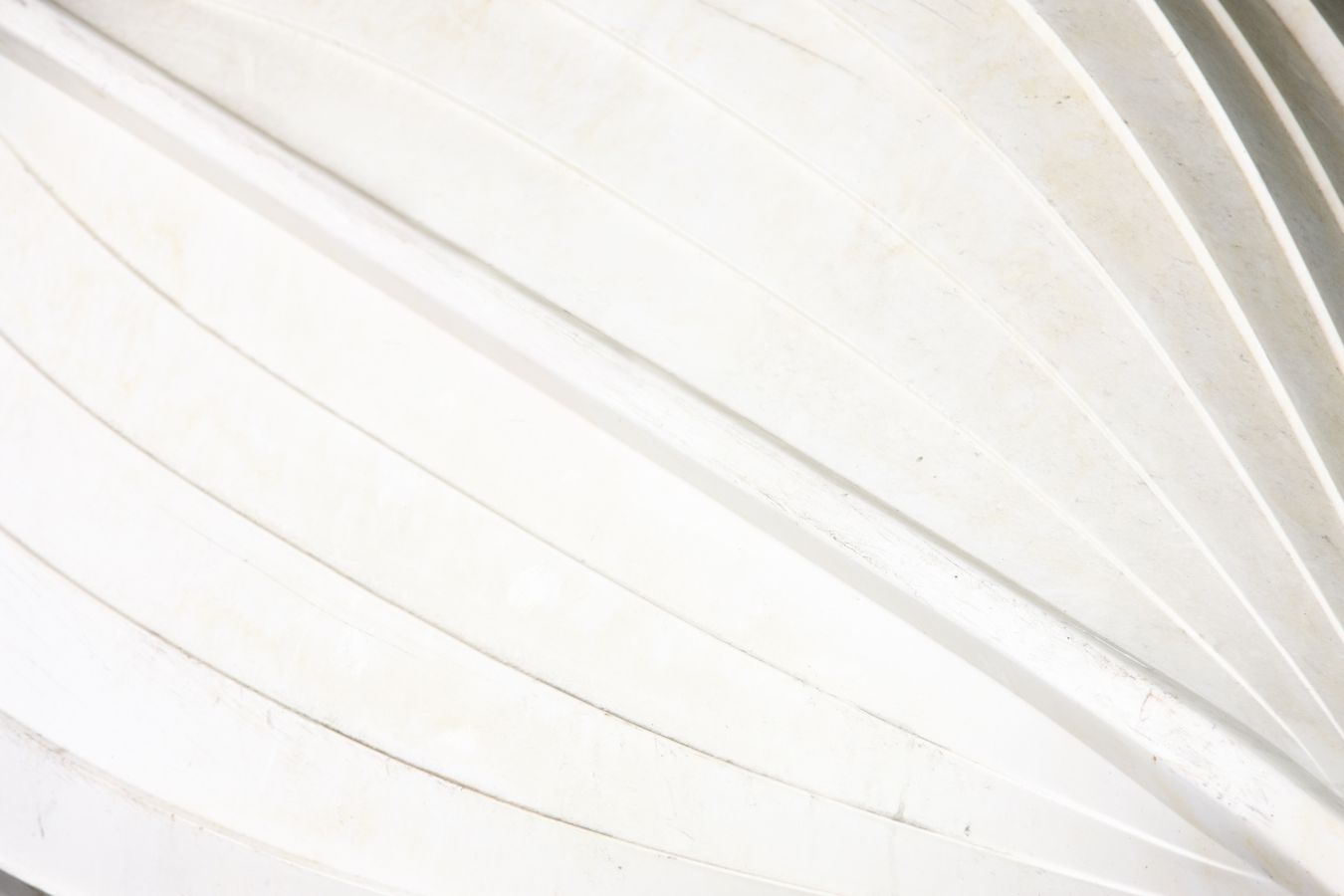What is the keel of a ship?
The keel is one of the most important elements in the design and construction of any vessel. It is located at the lowest part of the hull, extending from bow to stern, and serves as the backbone of the ship. In addition to providing structural rigidity, it plays a crucial role in stability and navigation.
Throughout this blog post, we will explore in detail what the keel is, the main types that exist, the most common materials used to make it and why it is so important to ensure safe and efficient sailing.
The keel: definition and purpose
What exactly is the keel?
The keel is a longitudinal structure at the base of a ship’s hull. It is the first part to be built during the construction of a ship, as the rest of the structure is erected on it. Its design and function have evolved over time, but its importance remains irreplaceable.
This part not only provides structural stability, but also helps to maintain the boat’s balance, preventing it from tilting or capsizing in rough water. It also improves the boat’s ability to stay in a straight line while sailing.
What is the main function of the keel?
In addition to serving as the structural axis of the boat, the keel plays a fundamental role in navigation. It helps to counteract the lateral forces acting on the boat, preventing it from drifting. This is especially important in sailboats, where side winds can significantly affect the direction and control of the boat.
Types of keels and their characteristics
Flat keel
The flat keel is one of the most common for small and recreational boats. Its simple, compact design provides basic stability, but is not ideal for extreme conditions or deep water. It is a practical choice for those who sail in calm environments.
Ballast keel
This keel is characterised by the fact that it incorporates additional weight at its base, which increases the stability of the boat. It is common on sailboats and larger vessels, as it allows them to remain balanced even in strong wind conditions.
Fin keel
The fin keel is thin and elongated, designed to improve manoeuvrability and speed. This type of keel is common on sport or performance boats, although it can be less stable in rough water.
Hinged keel
This design allows the keel position to be adjusted according to the needs of navigation. It is especially useful in shallow water, as it can be retracted to avoid running aground. Its versatility makes it a popular choice for recreational boating.
Importance of the keel in the stability of a ship
How the keel improves balance
The keel acts as a natural counterweight to help maintain the boat’s balance. It distributes the weight evenly, which reduces the risk of capsizing, even in adverse weather conditions. This balance is essential to ensure the safety of passengers and crew.
Its role in resisting drift
Drifting is a phenomenon in which the boat slides sideways due to the action of the wind or currents. The keel counteracts this movement, allowing the boat to maintain its course. This is particularly important in sailing, where lateral forces are constant.
Materials used to manufacture keels
Wood
Wood has been the primary material for keel construction for centuries. Although it requires constant maintenance to prevent moisture damage, it remains a popular choice for classic boats due to its aesthetics and strength.
Metal
Steel and aluminium are very common materials for modern keels. They are durable, stress resistant and require less maintenance than wood. These materials are ideal for large, offshore vessels.
Fibreglass
Fibreglass is a light and strong option, mainly used in recreational boats. Its durability and ease of maintenance make it a practical choice for modern boats.
Keel care and maintenance
Periodic inspections
It is essential to regularly check the keel for cracks, corrosion or algae build-up. This type of preventive maintenance can prevent major problems and prolong the life of the boat.
Corrosion protection
For metal keels, it is important to apply protective coatings to prevent corrosion. This not only ensures the durability of the material, but also improves the performance of the boat.
Necessary repairs
In the event of damage, it is crucial to carry out repairs immediately. Ignoring small problems can lead to structural failures that compromise the safety of the ship.
The keel on different types of vessels
On sailing ships
In sailboats, the keel is indispensable for balancing the forces of wind and water. This allows the boat to maintain its course and stability, which is essential for efficient sailing.
On motor boats
Although powerboats are less dependent on the keel for stability, it is still a key component in their structural design. Its presence improves the strength and safety of the vessel.
In racing boats
On boats designed for high speed, the keels are optimised to reduce water resistance and improve manoeuvrability. This allows them to reach higher speeds and make precise turns.
Other news that may interest you
- How to choose the right Crownline model for your lifestyle
- What to bear in mind when anchoring in Mediterranean coves?
- What makes Crownline a leader in recreational boating?
- Apps and technology that make sailing easier for beginners: Navigating has never been easier
- Tips for basic boat maintenance: Keep your boat ready to sail at all times

